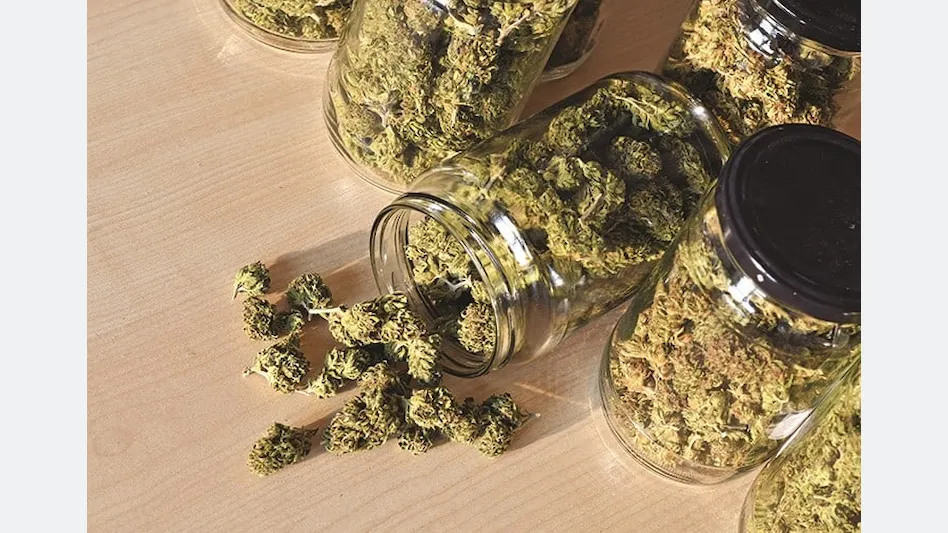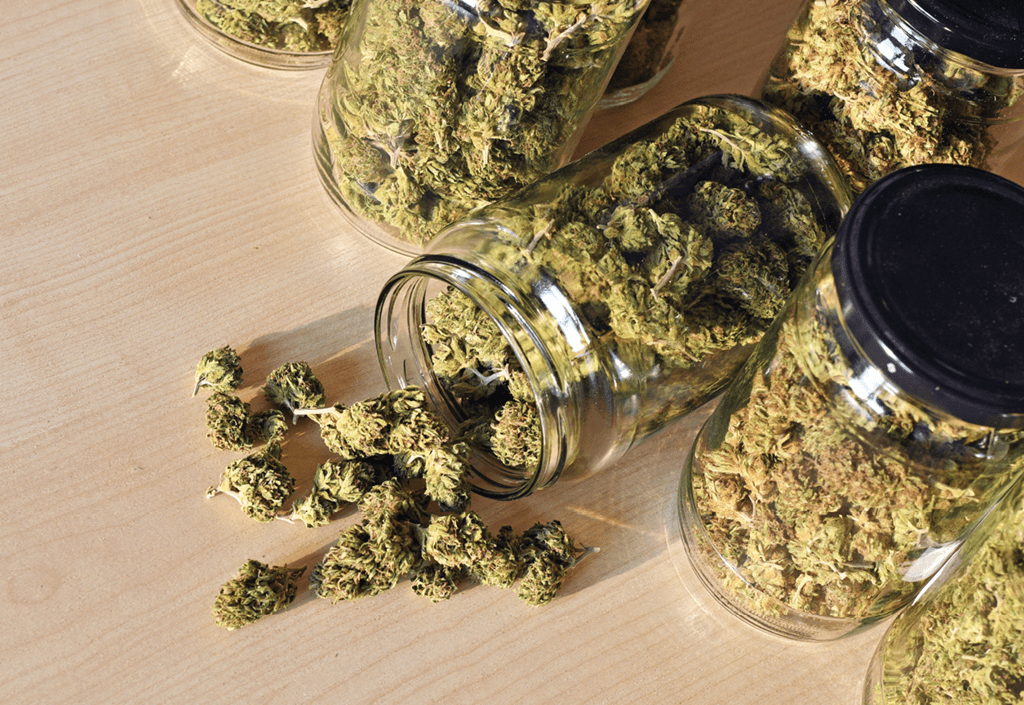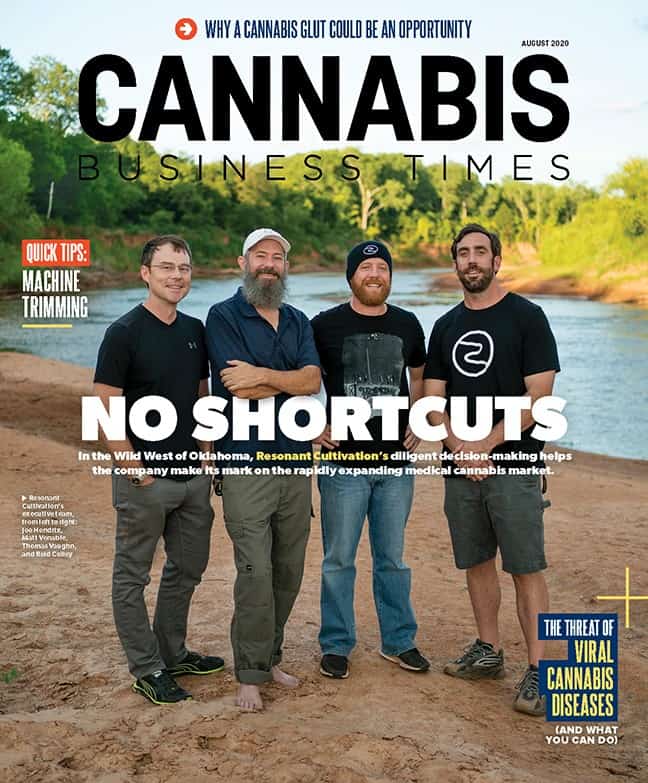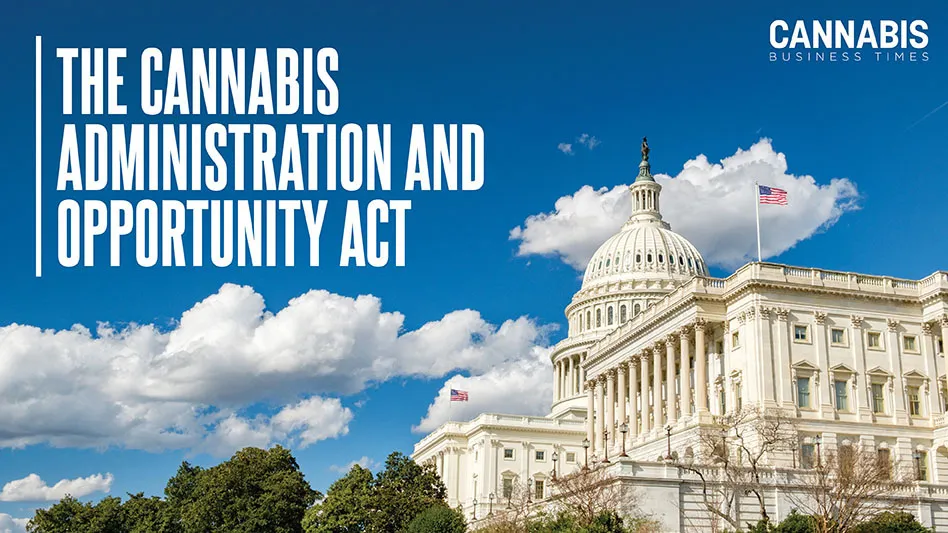

Health Canada, the federal agency that oversees the country’s cannabis producers, reported that as of April 2020, licensed producers (LPs) held in excess of 600,000 kilograms of unpackaged dried cannabis and an additional 46,413 kilograms of packaged flower. (This is not counting what is being held in stock by distributors and retailers.)
This cannabis surplus is a result of overproduction relative to the number of retail outlets, which negatively impacted cash flow for many LPs and spooked most investors and potential investors in the Canadian stock market. For many companies planning to cultivate or produce a cannabis product, investor opportunity simply dried up overnight.
This glut caused Canopy Growth, one of the largest producers, to announce in March that it was discontinuing plans to cultivate in divesting from multiple commercial greenhouses (but not all of its greenhouse assets) in favor of outdoor cultivation, citing lower production costs.
California and Oregon have had similar problems with mass overproduction for the market capacity, or a “glut,” as they say, but for different reasons. In Oregon, too many dispensaries caused margins to quickly dwindle for most of the retailers. In California, cities were given an option to “opt out” of allowing cannabis businesses, and, combined with heavy tax burdens, dispensaries have suffered some of the biggest blows. These decisions have resulted in a limited number of dispensaries relative to the number of cultivators and stifled the industry as a whole in the largest market in the world. These challenges caused me to examine and question what cultivators can do with cannabis they can’t sell, and the best path forward. I spoke about this surplus with multiple Canadian sources (who asked to remain anonymous), all of whom explained to me that the overstock cannabis held in storage by Canadian LPs is over a year old. They expressed that most of it would be considered undesirable to potential customers and that some of it would not meet current testing standards.
They went on to detail how another contributing factor to this glut is the existence of a financial interest for an LP that has over-produced cannabis to keep it on the books, as it implies it still has a value to that company and/or its stockholders. In fact, its value diminishes every day because cannabis is in a constant state of degradation and typically has a short shelf-life (roughly a year under ideal storage conditions).
This oversupply might be more of a balance sheet problem than an actual overproduction problem, as much of what is being kept in producer inventory is not actually consumer-ready product. This is a frustrating place for the industry to be in as this oversupply, seemingly on the part of a handful of companies, has turned investors off from the entire market.

A Needed Shift in Standards of Value
To say that “old” cannabis is “bad” or undesirable is an incorrect statement. It may be “old” and undesirable to consumers as is, but the issue is also not so cut and dry. In fact, the chemical constituents of cannabis (cannabinoids, terpenes, etc.) convert and change to other chemicals as the cannabis ages. For example, the byproduct of THC degradation is cannabinol (CBN), a cannabinoid that some have claimed stimulates appetites and works as an antibacterial. In an interview with Leafly, Dr. Ethan Russo noted that the loss of monoterpenoids and retention of sesquiterpenoids are what give older cannabis its commonly reported sedative effect, and that effect can be augmented by CBN in an entourage effect.
With that in mind, how can companies monetize their surplus cannabis? By shifting how we value cannabis products. Take for example the fact that THC degrades and converts to CBN, and that some people have reported sedative effects from consuming older cannabis. A potential use for a high-CBN and high-sesquiterpenoid product could be as a sleep aid. A 2018 Associated Press article, citing a report on insomnia treatment drugs and their market size and share, noted that the pharmaceutical sleep aid industry worldwide is expected to reach $4.3 billion by 2026. There could be plenty of opportunity for a company that develops an effective sleep aid product using CBN-rich cannabis.
I also wonder about the possibilities of converting THC to CBN en masse to essentially convert what would otherwise be considered “hot hemp” compliant with a THC content equal to or below 0.3% without lowering the CBD content.
Besides CBN, what other cannabinoids might be available in the Canadian surplus cannabis, and what are their potential uses? Some groups are investigating the potential uses of multiple cannabinoids ranging from Delta-8-THC (which “exhibits a lower psychotropic potency than … delta-9-THC,” according to the National Library of Medicine’s National Center for Biotechnology Information) to tetrathydrocannabivarin (THCV), tetrahydrocannabiphorol (THCP), cannabigerol (CBG) and many others. There are more than 100 cannabinoids available in cannabis; the effects of the majority of those have yet to be researched, nor have the countless possible formulations of those cannabinoids and the resultant effects been investigated.

So, if I were hoarding old cannabis, I could investigate the possibilities of profitably extracting or isolating alternative cannabinoids and research all potential alternatives for various applications.
Otherwise they will end up disposing of it or turning it into compost because customers in the current adult-use cannabis market will not buy it, nor will it pass testing standards.

Explore the August 2020 Issue
Check out more from this issue and find you next story to read.
Latest from Cannabis Business Times
- South Dakota Group Submits 29K Signatures for 2024 Adult-Use Cannabis Legalization Measure
- Rescheduling Would Have Saved Verano $80M in 2023 Tax Payments, CEO Says
- Aurora Marks 1st Medical Cannabis Shipment to New Zealand Market
- Where All 100 US Senators Stand on SAFER Banking Act
- Blumenauer Unveils Legislative Blueprint, Additional Administrative Action Needed Following Rescheduling
- Cannabis Rescheduling FAQ: What Now?
- From Custodian to Cultivation Supervisor
- California City in Cannabis Retail Desert Welcomes 1st Dispensary





